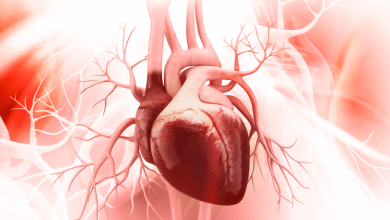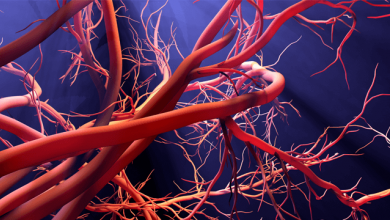Search results
Author(s):
Iana Simova
Added:
3 years ago
Coronary flow velocity reserve (CFVR) represents the ratio between maximal (stimulated) coronary blood flow, induced by using a coronary vasodilator, and baseline (resting) blood flow (see Figure 1). As a ratio it is a dimensionless variable. It could be measured with different tools – some of them, such as intracoronary Doppler flow wire and coronary sinus thermodilution, are invasive methods…
View more
Author(s):
Maria Chiara Scali
,
Doralisa Morrone
,
Mario Marzilli
Added:
3 years ago
As coronary angiography is of limited value in defining the functional significance of a stenosis, the timely article by Balanescu in this issue of European Cardiology Review rationally proposes to integrate the anatomic information with a functional assessment, either by measuring coronary flow reserve (CFR) or intracoronary artery pressure with fractional flow reserve (FFR). CFR measurements…
View more
Author(s):
Elsayed Abd-El-kader Elsayed
Added:
12 months ago
Author(s):
Marie Mide Michelsen
,
Naja Dam Mygind
,
Daria Frestad
,
et al
Added:
3 years ago
Women have for many years been regarded as being at relatively low risk for the development of ischaemic heart disease (IHD).1,2 Recently this pattern has changed and cardiovascular disease (CVD) is now the leading cause of death for women in Europe.3,4 Under the age of 60 years acute coronary syndrome occurs 3–4 times more often in men; however, after the age of 75 years women represent the…
View more
Author(s):
Valérie E Stegehuis
,
Gilbert WM Wijntjens
,
Tadashi Murai
,
et al
Added:
3 years ago
The emphasis in ischaemic heart disease (IHD) diagnosis has historically been directed towards the identification of epicardial coronary stenosis by selective coronary angiography, and its management by percutaneous coronary intervention (PCI) or coronary bypass graft surgery. Over the past two decades, the application of coronary physiology techniques to identify the haemodynamic severity of…
View more
Author(s):
Mario Petretta
,
Pierluigi Costanzo
,
Alberto Cuocolo
Added:
3 years ago
Myocardial blood flow (MBF) must respond to changes in metabolic conditions and oxygen requests to meet the needs of myocytes, and autoregulation plays a mayor role in the control of coronary circulation.1–3 It has been demonstrated that, as a coronary artery is progressively narrowed, resting flow does not change at first, but maximal flow (achieved by injecting a vasodilator) decreases…
View more
Author(s):
Andreas Seitz
,
Stefan Baumann
,
Udo Sechtem
,
et al
Added:
2 years ago
Author(s):
Haider Aldiwani
,
Suzan Mahdai
,
Ghaith Alhatemi
,
et al
Added:
2 years ago
Author(s):
Gaetano Antonio Lanza
Added:
3 years ago
Up to 50% of patients who undergo elective coronary angiography for stable chest pain symptoms that are mainly related to exercise and typical enough to suggest the presence of obstructive coronary artery disease (CAD) are found to have normal or near-normal coronary arteries.1 The mechanisms responsible for angina chest pain in these patients are heterogeneous; accordingly, their identification…
View more














